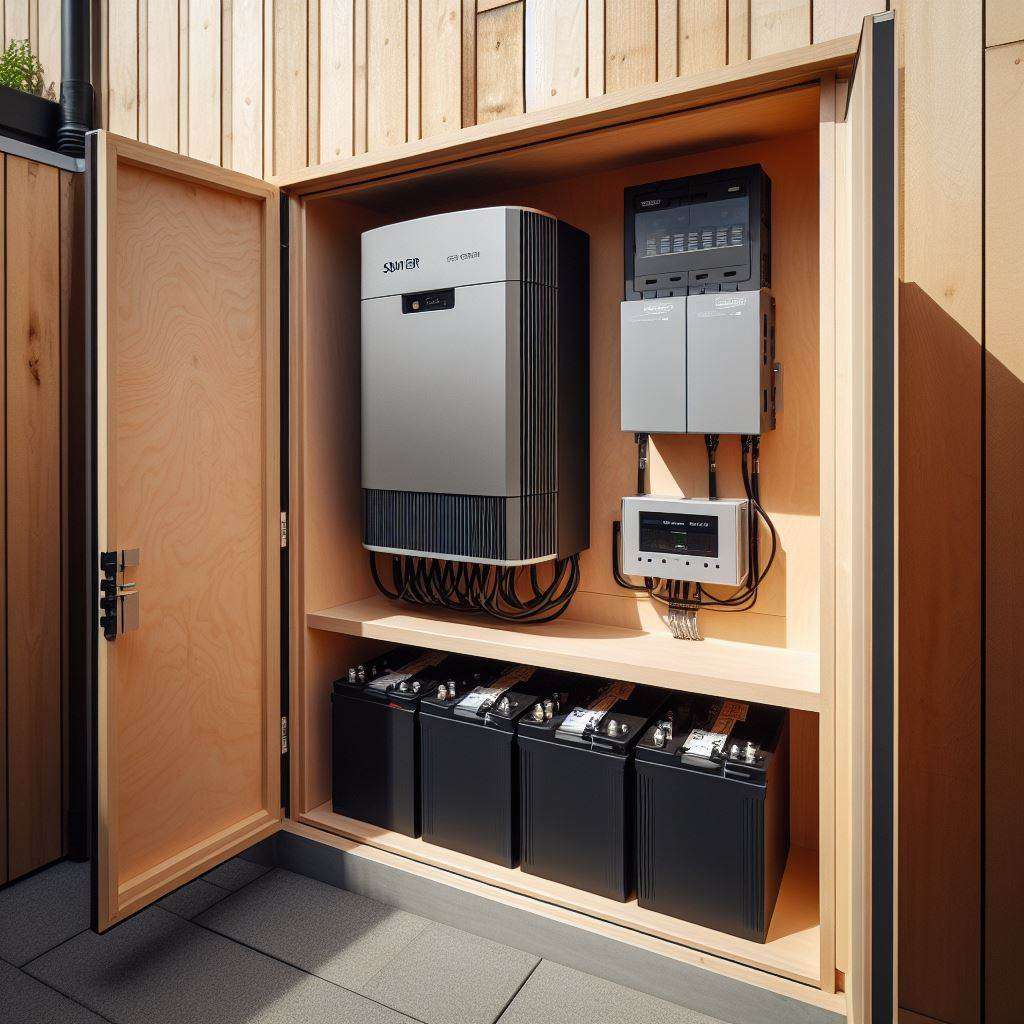Why Sodium Batteries Matter:
- Abundant and Affordable: Sodium is significantly more abundant and cheaper than lithium, making sodium-ion batteries a more cost-effective alternative.
- Improved Safety: Sodium-ion batteries are generally considered safer than lithium-ion batteries, reducing the risk of fires and explosions.
- Potential for Grid-Scale Storage: Sodium-ion batteries are well-suited for large-scale energy storage applications, helping to balance the intermittent nature of renewable energy sources like solar and wind.
While sodium-ion batteries are still in the early stages of commercialization, these recent developments indicate a promising future for this technology. As research and development continue, we can expect to see further advancements in performance, cost, and safety, making sodium-ion batteries a valuable asset in the transition to a sustainable energy future.
Inside the technology
Gui-Liang Xu, a chemist at the U.S. Department of Energy’s (DOE) Argonne National Laboratory have advanced sodium-ion batteries by preventing cracks in the cathode particles during the synthesis process, making them a cost-effective and sustainable alternative to lithium-ion batteries.
In testing this design, however, the cathode’s energy storage capacity steadily declined during cycling. The problem was traced to the formation of cracks in the particles during cycling. These cracks formed due to strain arising between the shell and core in the particles.
The team sought to eliminate that strain before cycling by fine-tuning their method of cathode preparation.
“Preventing cracks during cathode synthesis pays big dividends when the cathode is later charged and discharged,” said Gui-Liang Xu. “And while sodium-ion batteries do not yet have sufficient energy density to power vehicles over long distances, they are ideal for urban driving.”
Insider views.
It has been some time since we were made aware of the sodium battery issues from an insider, the early generation of the battery tech had reported a wide number of issues that had not become publicly known and “not ready for the market” was the general consensus. Since this time there have been advancements, but these have been fairly recent and now fallen down to the development or production hardware, being that some developments are only 8 weeks ago at the time of posting..
Sodium now.
We do not feel that the current state or claims being made around sodium batteries is worth the risk, where the price difference is near the same for LFP, LFP has a been in development for a number of years and while some 7 years later we are seeing these batteries placed in cars just recently. They are over hyped and much of the information is hear say and misleading, we could see the same with Sodium batteries, but there are issues with both types.
“The information shared on LFP batteries is lab information and misinformation which lacks the experience of real world use, these variables change considerably how the battery performs and even its cycle life” says consultant Rory Witham at RenewSolar.
Battery tech in General
Several years ago a battery design by Rory Witham was tested in the real world and was praised as the next big thing, that journey fizzed out some year ago and nothing has moved forwards on that tech. the lime light was at the time of LIFPO4 (LFP) and as popularity rules the day, the problems focused at the time was the fire and explosions from Lithium batteries ( MNC) which were addressed by LFP.
Early LFP had lower cycles of around 1000-2000, this jumped to 3000-5000 cycles which meant that LFP then became a ten year plus battery.
The lack of real world information and the general false claims and special condition information compounded into making out that the battery was or is better than it is in the real world.
One of the first falsehoods was the the DOD. it was largely claimed that Lead Acid had 500 cycles while LFP had 2000 therefore 4 times the life. there was also the SOC claims that LFP can be 100% cycled without any damage. while LA could only use 50% of its capacity.
One of the first things that were noted was the reducing of the SOC range of LFP, from 100% to just 70%
It is also worth noting that the lab tests of LFP were > .5c rate and 50% cycles at a controlled temperature.
Sodium on the other hand mentions 400 Cycles and the battery performs better at higher temperatures, which due to their form, do not get close to those temperatures in the real world. They also are reported to have cathode and anode issues, which are still causing issues today. As we watch tech grow, it looks like sodium is around 3-6 years away from being the battery we were looking for.

2 Responses
Little update:
The market leaders in the NA battery have mentioned that is should be 2027 to 2030 before the new batteries are commercially available for buyers, this should help many who are holding out for new tech and “best stuff”. you may as well not wait and go for LFP, you should recover the cost back in that time if you wish to proceed.
Note: NA batteries are different and therefore you may have issues with some inverters to integrate them into current systems.
[…] Lead Acid tend to fair better than LFP in cold weather but you still have other effects which we do not want with our battery packs, However you may want to look at Sodium Batteries. […]